In a normal year, Greece welcomes tens of millions of tourists to their various cities and islands. The first step these visitors make in Greece is the airports so it is a big way to make a nice first impression to visitors that are looking for a relaxing time. Now, there are 14 of these airports that have finished up some major upgrades to begin welcoming these visitors again – as well as the domestic travelers that regularly fly in and out of these airports.
14 Greek Airports Finish Major Upgrades
A few years ago, Fraport Greece (the Germany company that operates the Frankfurt airport) took out multi-year leases on 14 Greek airports and started a €440 million project to upgrade these airports. Now, three months ahead of schedule, each of these 14 airports have seen upgrades finish and they did a really great job, at least where I observed!
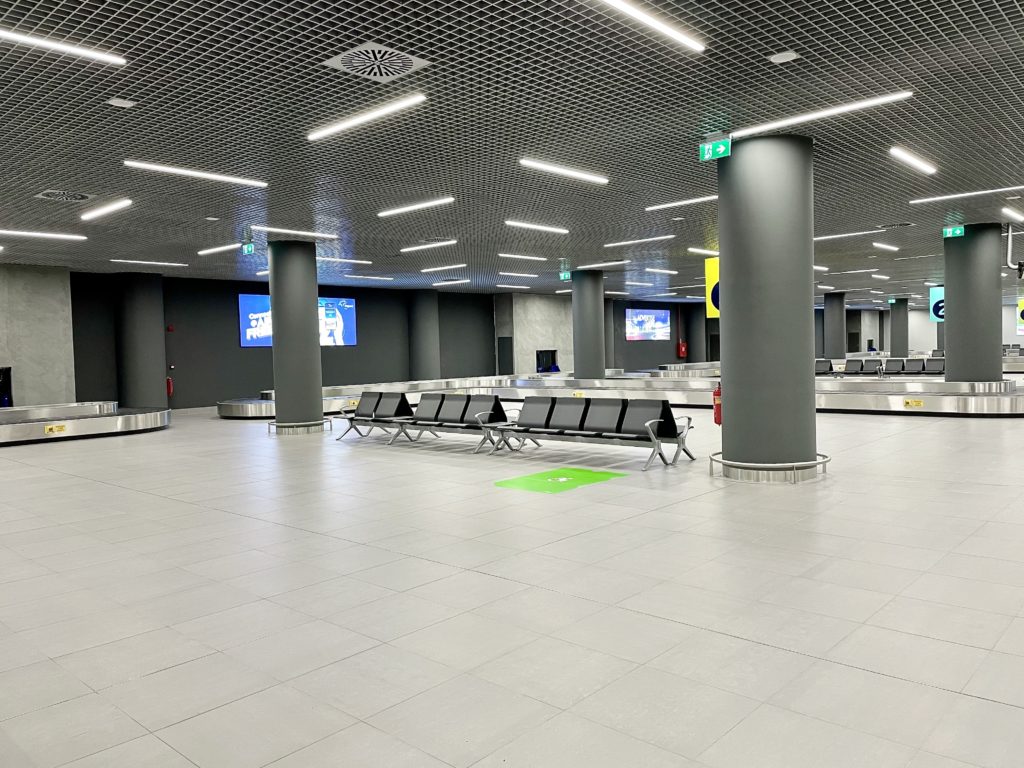
The new arrival/baggage area of the Thessaloniki Airport – huge upgrade!
A major part of these upgrades was to enlarge the facilities to provide for more space for travelers at security, check-in windows – places that would typically see large lines and congestion, especially during the height of tourist seasons. The upgrades also targeted the airports with massive improvements to the airside parts of the airports, such renovating runways (12 total), improved ramp areas and building/improving fire stations (12 total).
To go along with all of these is upgrades to the baggage handling and security systems which will ensure that not only will these parts of the travel experience move more efficiently but you should be able to feel a bit better about the passenger experiences at these airports.
Here is a list of the airports that saw these upgrades take place:
- Zakynthos – the upgrades here increase the number of check-in counters and security checkpoints by 35% and 150%, respectively
- Chania (Crete) – new modernized terminal and an increase of 25% to gates with security checkpoints doubling
- Kavala – also upgraded with an addition of 2,200 square meters – about 23,600 square feet
- Mytilene – received a new terminal with over 7,100 square meters – over 76,000 square feet
- Kefalonia – received a new terminal with 10,700 square meters (about 115,000 square feet) of space that increased the number of check-in counters by 70% as well as doubling security check points and departure gates
- Aktion – complete overhaul with an addition of 2,500 square meter expansion that now offers double the security checkpoints, 14 check-in counters, and 7 departure gates.
- Samos – upgraded terminal with an addition of 1,500 square meters to now have more passenger service areas
- Skiathos – renovated terminal and size increased by 2,200 square meters
- Mykonos – the terminal was redesigned and is now 50% bigger with new architectural highlights. More space for passenger service areas
- Rhodes – upgraded with larger check-in area, more security checkpoints and baggage belts as well as more shopping and dining options
- Corfu – a new terminal with 10,400 square meters of space (about 111,000 square feet) that now includes 28 check-in counters, 8 security checkpoints, and 12 departure gates
- Kos – a new passenger terminal with more than 23,000 square meters (about 247,000 square feet) of space
- Santorini – major redevelopment of the terminal with an additional 15,000 square meters (about 161,000 square feet) of space
- Thessaloniki
The Thessaloniki airport was the largest part of the project, being that it is the largest airport in the Fraport Greece family and the second largest airport in Greece. It cost €100 million to do and truly was an amazing job. Having flown in and out of the old airport at least 100 times, I can say that many parts of it were in desperate need of an upgrade – basically, the whole airport! Now, that single terminal has been upgraded and a new terminal has been added. This means that the overall passenger experience at this airport will be drastically improved as they added twice the space to the airport to provide for twice as many departure gates and dining and shopping facilities that were somewhat lacking in the old airport.
However, it appears that one part of the airport that was not in the plans (though I could be wrong about it and will be eager to check it next time) was that arriving and departing passengers will still need to use buses to get to and from the aircraft. The remote stands have never been something I was fond of but even at the massive and new Istanbul airport, they have remote stands so it still is very much a thing.

Mykons Airport – Courtesy of Fraport Greece
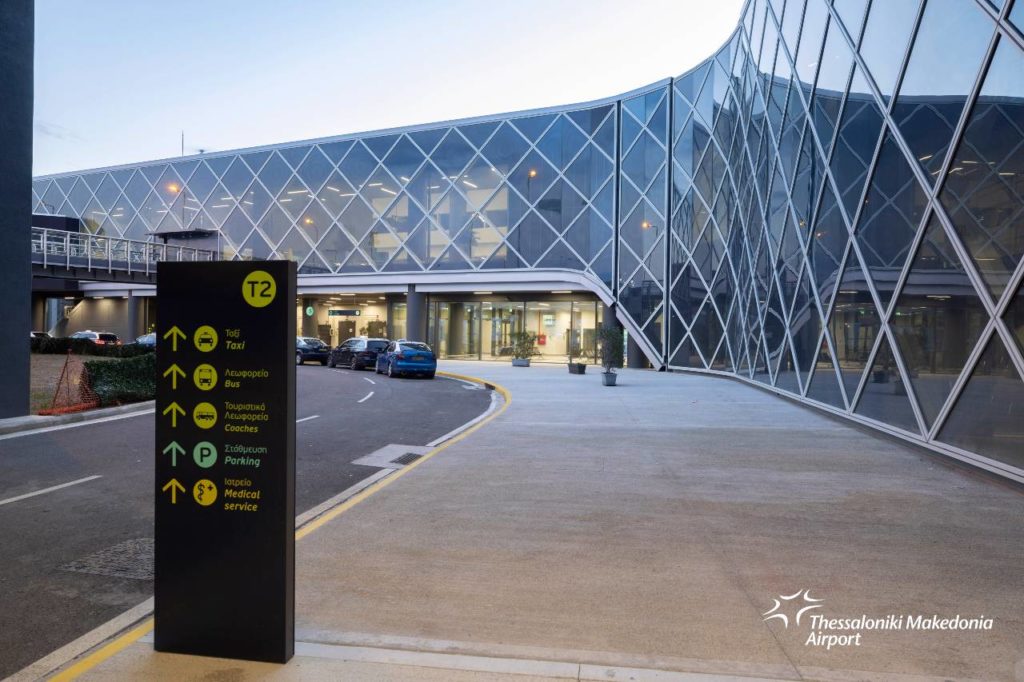
Thessaloniki Airport – Courtesy of Fraport Greece

Corfu Airport – Courtesy of Fraport Greece
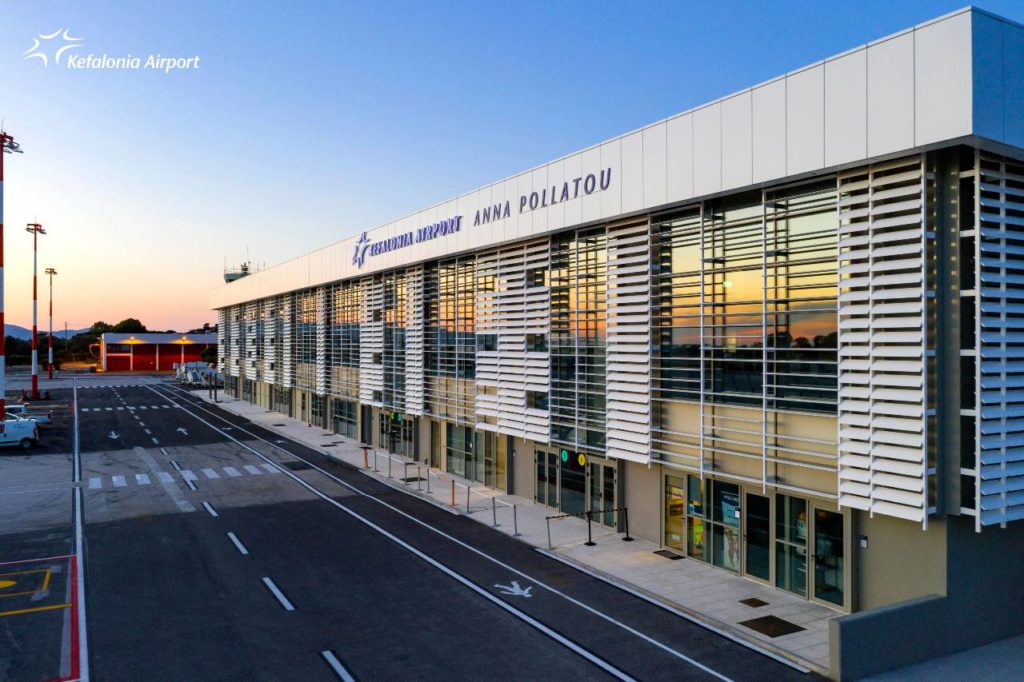
Kefalonia Airport – Courtesy of Fraport Greece
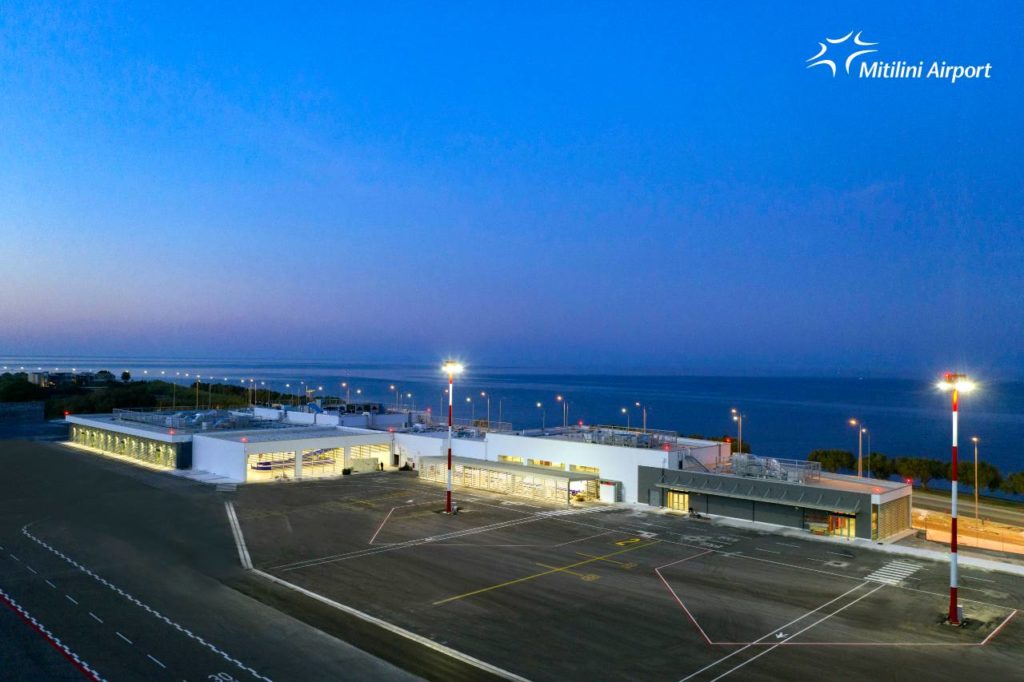
Mytilene Airport – Courtesy of Fraport Greece
These newly upgraded airports should provide a big help if this tourist season is anything like Greece is hoping for. At the very least, it is going to provide for distancing at these airports due to the size upgrades and the likely drop in passenger traffic from when these projects began four years ago.
Featured image is the new Thessaloniki Airport and is courtesy of Fraport Greece

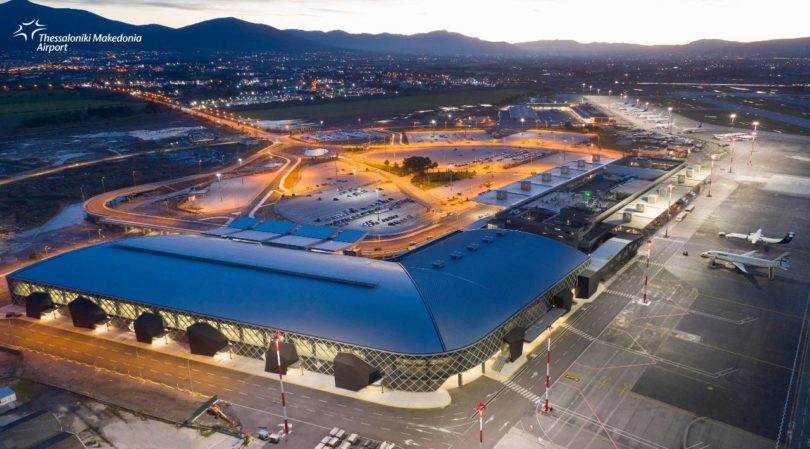


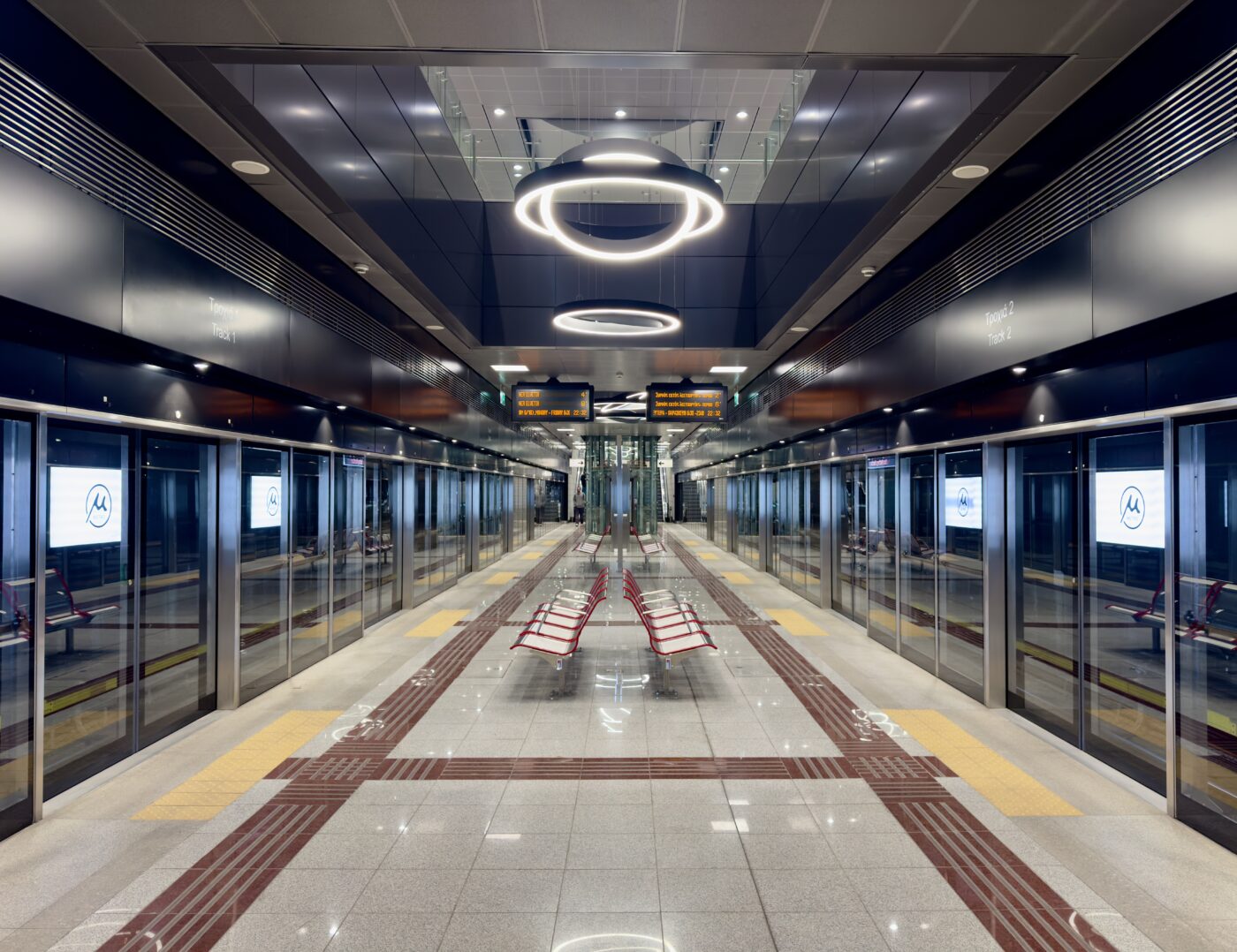




Nice to see. Thanks Charlie.
You are welcome!
Thanks for the update.
Other than Athens, many of the Greek airports previously were like being in a 3rd world country. I’ve bee in the airports of Chania, Thira, Mykonos, Mytilene and Thessaloniki. This is good news.
For sure! The smaller islands really did not have airports well equipped to handle the flood of summer visitors so this is definitely an improvement.
I’m surprised that Heraklion wasn’t on the list.
I know but that is one of the airports that Fraport did not pick up a lease for (I cannot remember if this is all the airports, I assume so, but they hold a 40 year lease on the Thessaloniki Airport).